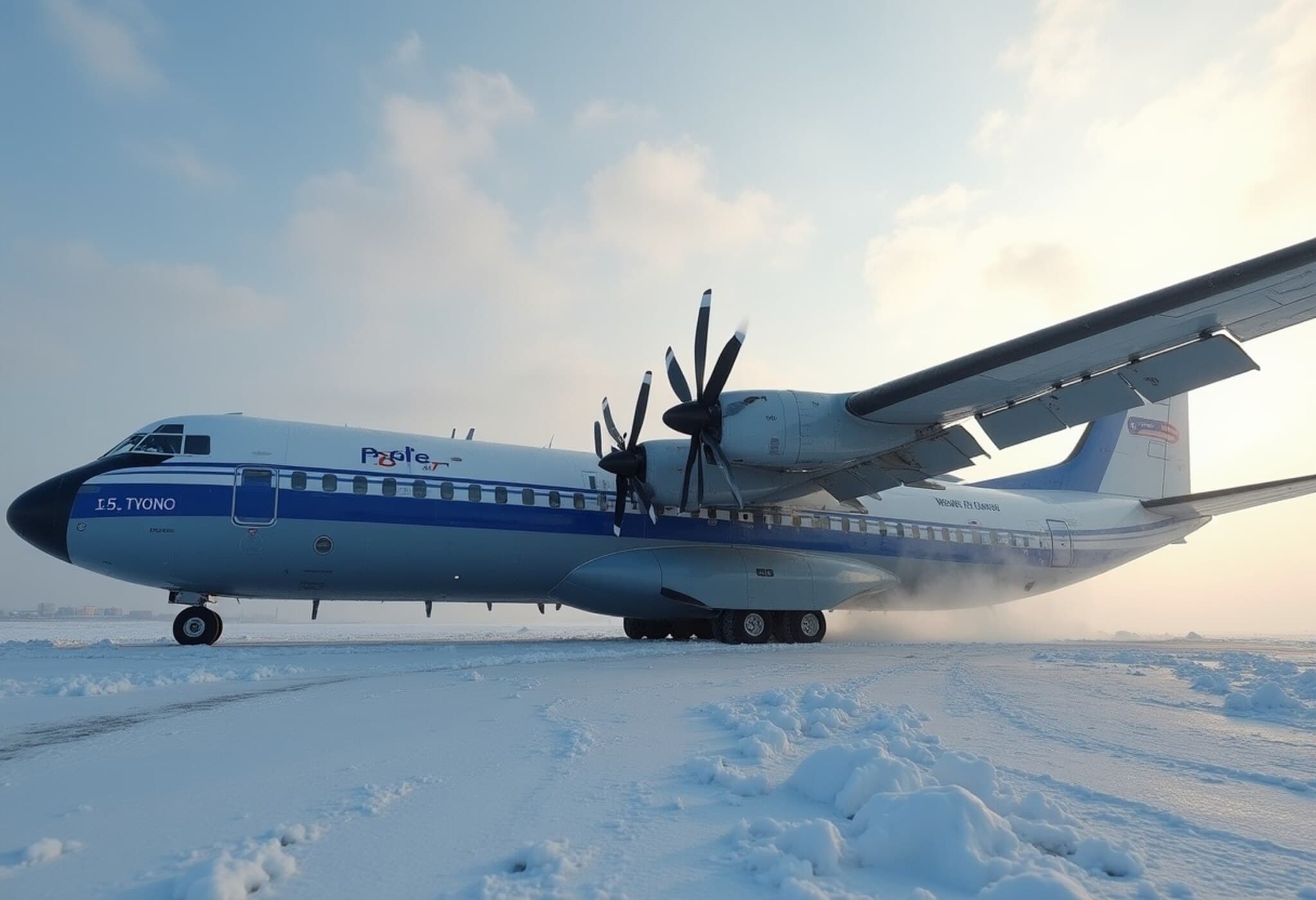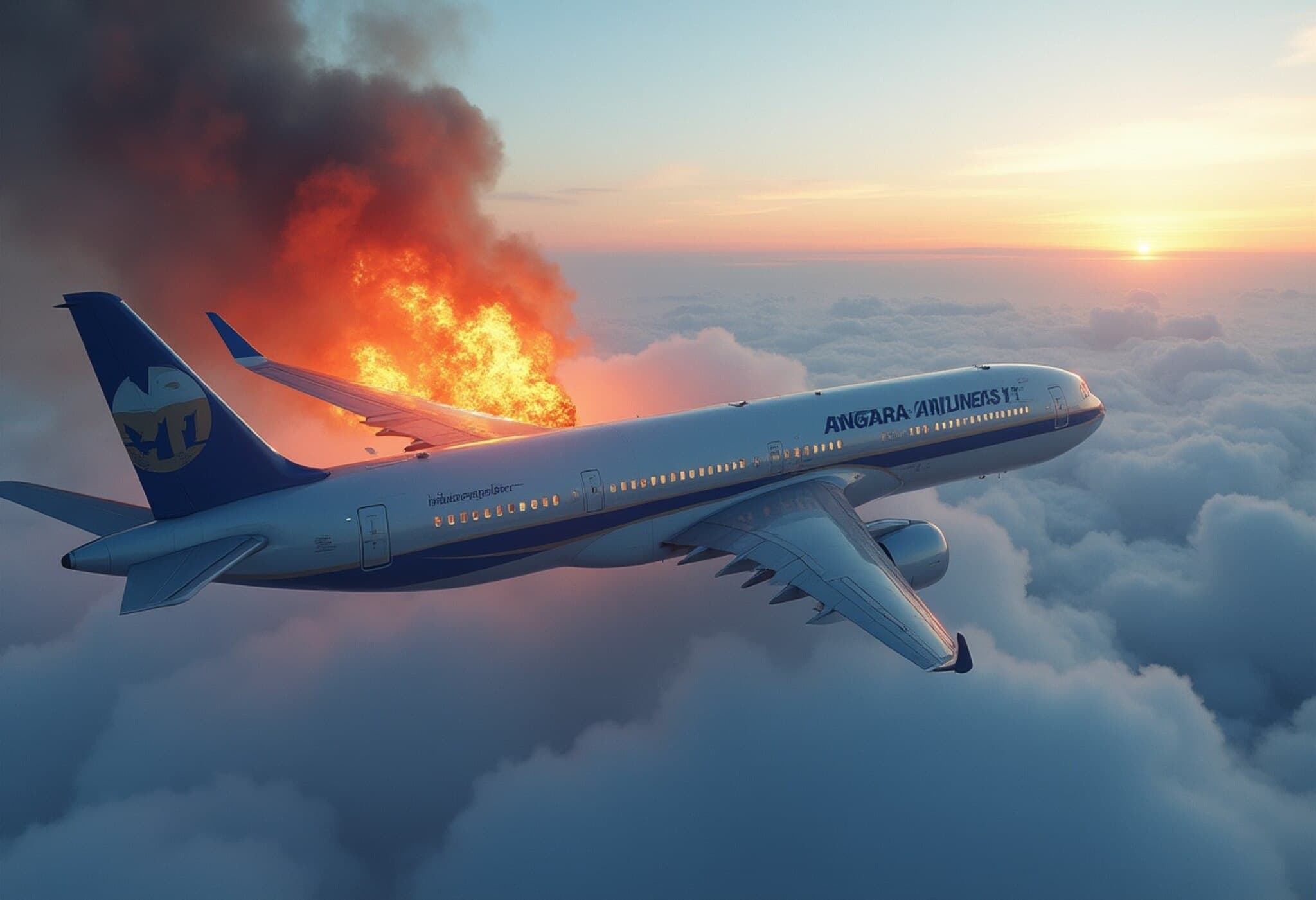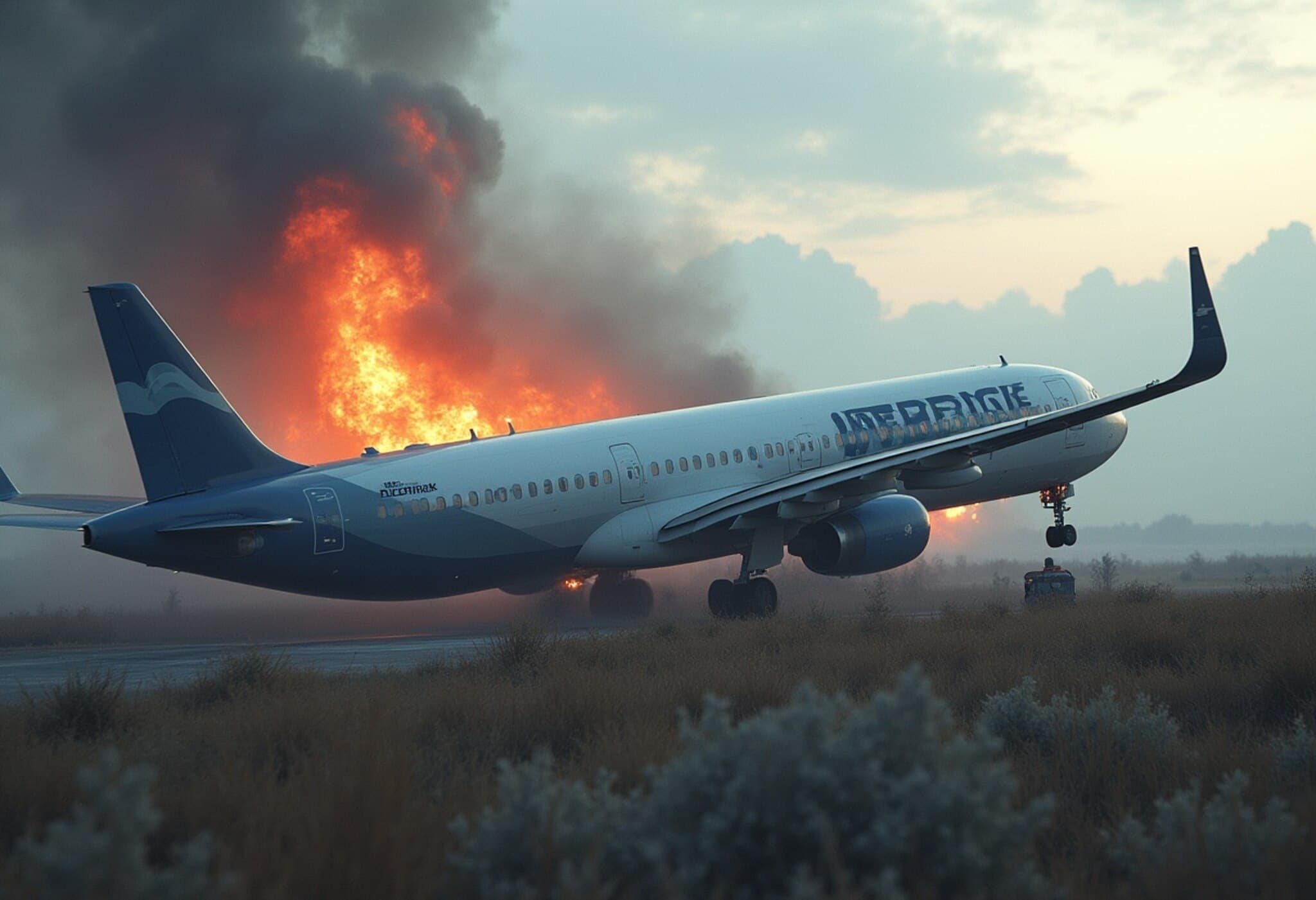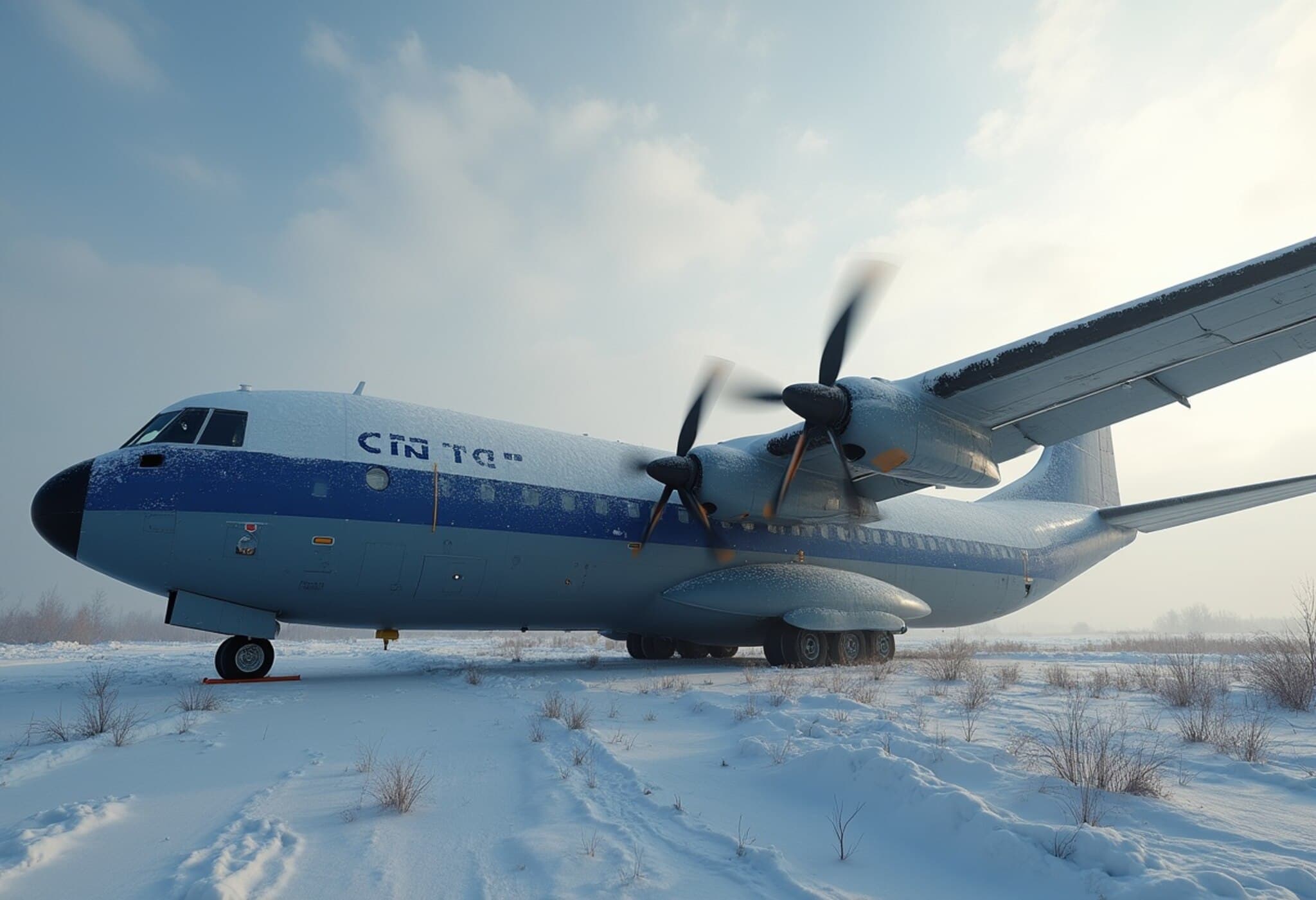Fatal Russian Antonov An-24 Crash Raises Questions Over Crew Error and Aging Aircraft
In a devastating incident that has sent shockwaves through Russia's aviation sector, a passenger plane carrying 49 people crashed in the remote Amur region, killing all on board. The Antonov An-24, operated by Angara Airlines, lost contact with air traffic control shortly before its scheduled landing at Tynda Airport. Authorities have opened a criminal investigation, with initial findings pointing towards possible crew error amid challenging conditions.
Crash Details and Immediate Aftermath
The Antonov An-24 went silent without issuing any distress signals, raising immediate concerns. The Russian Emergency Situations Ministry confirmed the wreckage was located about 15 kilometers south of Tynda in a dense, mountainous forest area. Disturbing images from the crash site show scattered, mangled debris with smoke still ascending from the forest canopy.
Despite a concerted rescue effort involving Mi-8 helicopters and emergency teams, no survivors were found. The disaster deeply affected the region, with Governor Vasily Orlov confirming the manifest included 43 passengers - five of them children - and six crew members. However, an official report from the Emergency Ministry cited 48 people on board, a discrepancy yet to be clarified.
Investigations Point to Crew Error Under Complex Conditions
The Eastern Interregional Investigative Department for Transport has launched a criminal case under Part 3 of Article 263 of the Russian Criminal Code, dealing with violations of flight safety that result in fatalities. Investigators are conducting forensic examinations and witness interviews to reconstruct the fatal moments.
According to sources cited by Russian agency Interfax, the crew attempted a second landing amidst adverse weather conditions that possibly complicated their approach to Tynda airport. The specifics of this attempt, however, are murky, especially due to the absence of any distress communication from the aircraft.
The Broader Issue: Aging Soviet-Era Aircraft and Aviation Safety
The An-24 model is a relic of Soviet aviation technology, introduced in the 1950s, and still widely used in Russia's far-flung regions due to its robustness in harsh climates. With over 1,000 produced, many remain active despite rising safety concerns.
Experts warn that relying on decades-old aircraft poses significant risks, especially in demanding terrains and unpredictable weather typical of Siberia and the Russian Far East. This tragedy highlights systemic vulnerabilities that Russia's aviation industry has struggled to address, including modernization challenges, crew training, and strict adherence to safety protocols.
American Context: Echoes in Aging Fleet Challenges
While Russia contends with Soviet-era fleets, the U.S. and other developed countries face analogous challenges maintaining older aircraft, balancing cost, safety upgrades, and fleet renewal. The crash serves as a sobering reminder globally about the urgent necessity for continuous investments in aviation safety and infrastructure modernization.
Looking Ahead: Questions for Russia's Aviation Future
- Will this tragedy accelerate the retirement of the Antonov An-24 and similar aging aircraft in favor of newer, safer models?
- How will Russian authorities enhance crew training and enforce stricter operational protocols, especially in challenging environments?
- What measures can be taken to improve real-time communication and emergency responses to prevent loss of contact in critical flight phases?
This fatal crash exposes critical cracks in Russia’s aviation safety ecosystem and the human factor’s role in aviation disasters worldwide. The investigation’s outcomes and regulatory responses could set a precedent impacting regional flight safety standards and passenger security across harsh terrains globally.
Editor's Note
The tragic loss of 49 lives in the Amur region not only marks a somber moment for Russian aviation but underscores a universal aviation truth: that sustained investment in technology, comprehensive pilot training, and rigorous safety standards are paramount. As investigators delve deeper into the causes, the global community watches closely—hoping the lessons learned here catalyze profound changes, preventing future catastrophes in remote corners of the earth and beyond.














